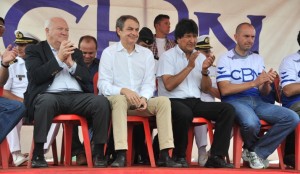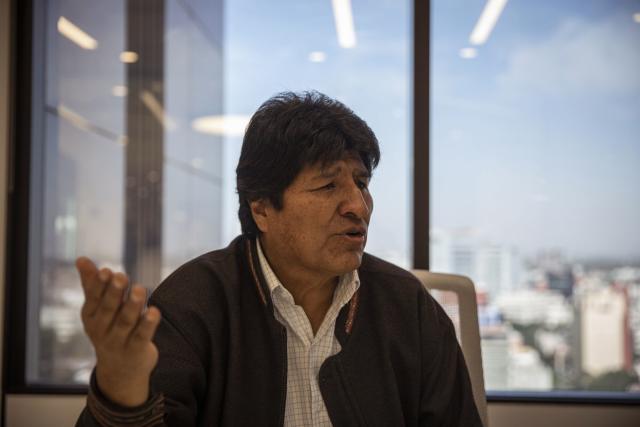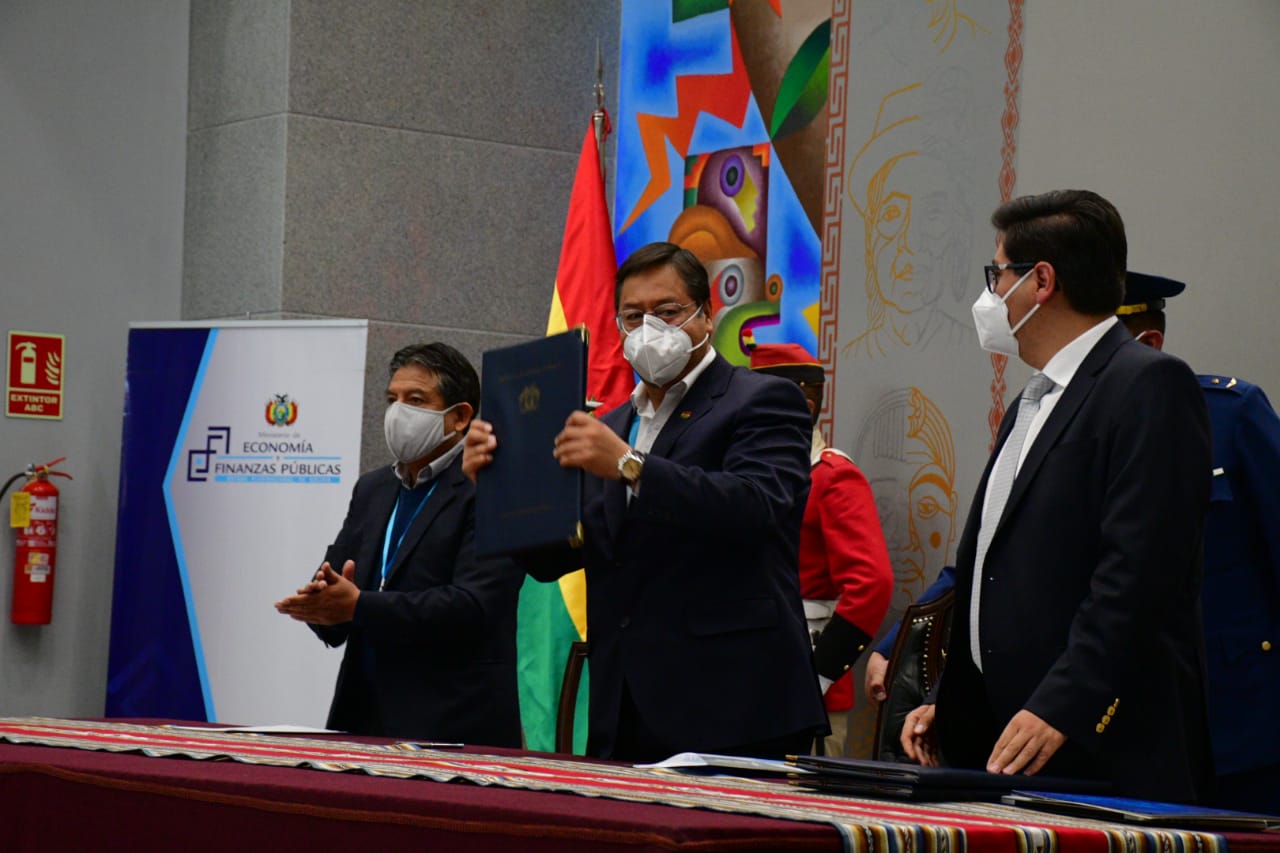Spanish-Style Bubble Coming to a Bolivia Near You
Over the last 10 years, Bolivia has seen remarkable changes, but perhaps not everyone can agree as to why.
When Evo Morales was elected president in 2005, the world turned its gaze in his direction. Those who were sympathetic to socialism didn’t waste the opportunity to be both a supporter and beneficiary of the “fair share” principle that he seemed to represent.
 One of the first to do so was then-Prime Minister of Spain José Luis Rodríguez Zapatero, who invited Morales to his official residence, the Moncloa Palace, as early as January 2006. His visit to the mother country turned into an international tour, heavy with appreciative media commentary. Bolivia welcomed the visit and the attention, as they signified increased cooperation, as well as recognition of Spain’s historical debt to the South American country.
One of the first to do so was then-Prime Minister of Spain José Luis Rodríguez Zapatero, who invited Morales to his official residence, the Moncloa Palace, as early as January 2006. His visit to the mother country turned into an international tour, heavy with appreciative media commentary. Bolivia welcomed the visit and the attention, as they signified increased cooperation, as well as recognition of Spain’s historical debt to the South American country.
A few years later, however, Morales publicly expressed his contempt of the culture and values of the West and insulted the Spanish monarchy. He also championed the decolonization of Bolivia by changing the names of iconic plazas, streets, and avenues.
Yet after all this, Zapatero accepted in late February this year an invitation by the Bolivian government to come and praise Morales’s economic policy.
“These last few years have been marked by economic stability, as figures show the remarkable reduction of extreme poverty,” he told press in La Paz. “In my opinion, most of the credit should be given to President Evo Morales.”
However, Zapatero’s statements should not be taken lightly. If you consider his tenure between 2004 and 2011, his praise of Bolivia is not for mere flattery, but likely because of how closely Spain and Bolivia resemble each other in terms of political economy and governmental structure.
Spain currently shares many of the abysmal indicators that characterized the fragile Bolivian economy until 1985. Bolivia, meanwhile, is in the same condition that Spain has faced since 2004.
The European Central Bank has aided Spain by increasing its credit by 20 to 25 percent annually, and Bolivia is receiving similar loan increases. During the first Zapatero administration, this created one of the biggest housing bubbles in the West, contributing to the Great Recession of 2007.
Of course, in the beginning, the indicators of economic growth made Spain look like a European miracle. But even amidst a first wave of financial-institution bankruptcies, the Spanish Socialist Workers’ Party asserted that “Spain probably has the strongest financial system in the world.”
“The Spanish economy has become a part of the Champions League of world economies, despite how much it bothers some,” the party crowed. However, only 10 months later, the housing bubble burst, converting what was a national budget surplus of 5 percent of economic activity to a deficit of 11 percent.
Zapatero was reelected in 2008, after his campaign denied that there was in fact an economic crisis. And in 2009, he implemented Plan E, an abortive bid to bail out Spain’s autonomous communities by repeating the same policies that caused the crisis to begin with.
Zapatero’s initiative constituted the second largest public-spending policy in the world, after that of Saudi Arabia: Spain had mortgaged its future with enormous debt. The policy squandered capital and failed to produce results, and Zapatero had little choice but to resign.
Currently, there are 6 million empty homes in Spain. Highways, parks, airport complexes, even entire towns lie abandoned. Poverty has proliferated, and unemployment tops 23 percent. Resources were clearly squandered during the “boom” years: little wonder international and European lenders are wary of restructuring Spain’s loans.
Given all this evidence, it’s hard to comprehend how Zapatero and his supporters can sing the praises of Bolivia’s “economic miracle,” when they should know, from hard-earned experience, that it’s another bubble bound to burst.
Op-Ed published in the PanAm Post.










